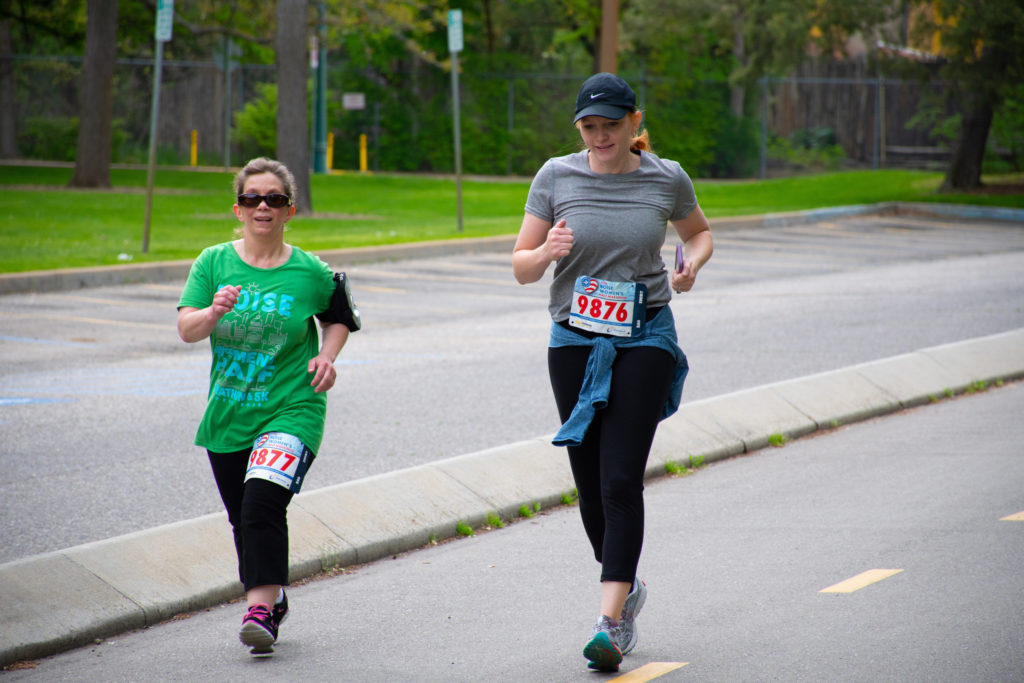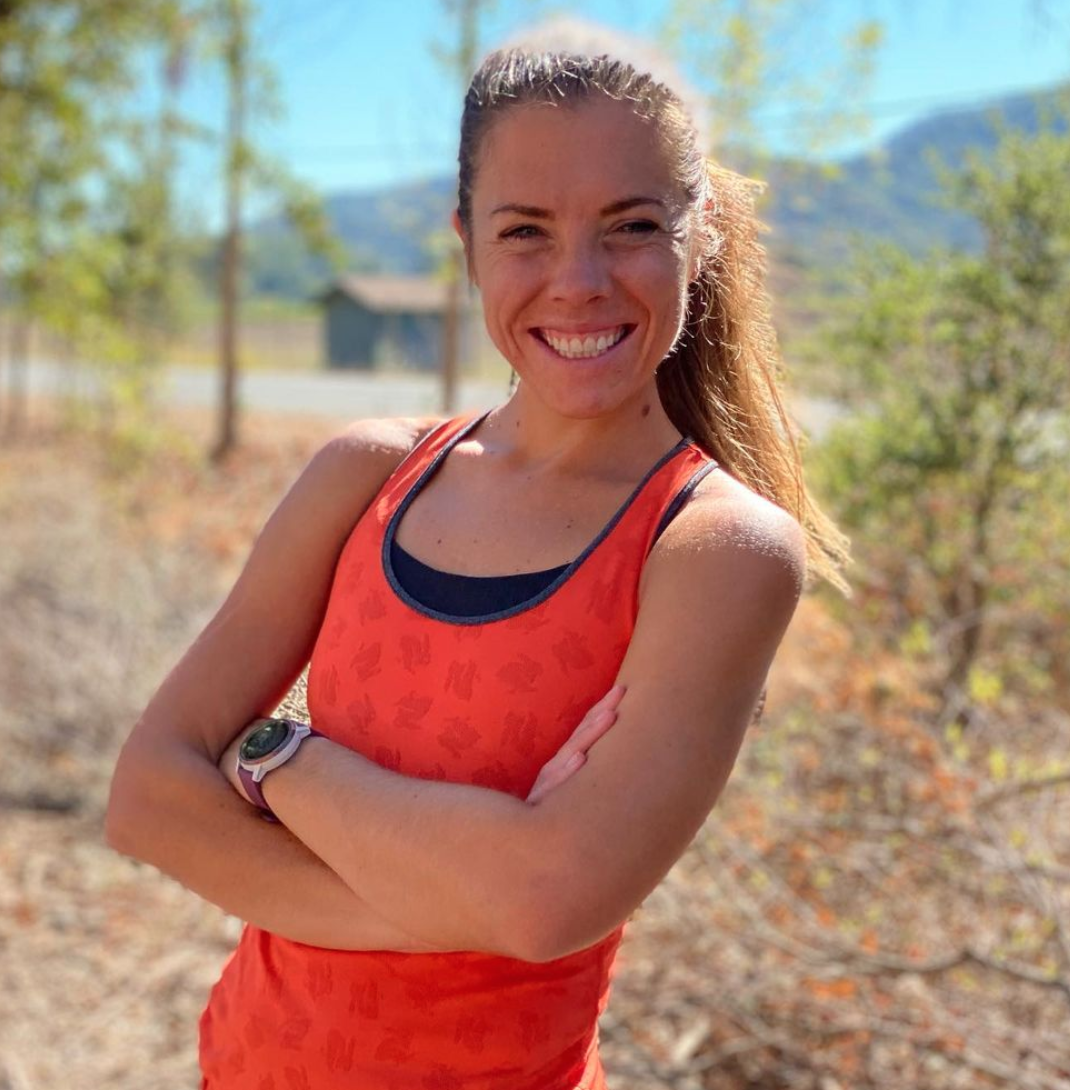How to Find the Right Road Running Shoe

Whether you are new to running or need a refresher, choosing the right running shoe is one of the most important things you can do to stay healthy in the activity. There is no “best running shoe”, but there is a best running shoe for you. However, finding the right running shoe for you is often a challenging process. Many runners go through a lot of trial and error to find the magic shoes that work for them.
To find the right road running shoe, first ask yourself: What are you going to use the shoe for? Your first inclination is to say, “Duh! Running.” But there is more to this than you think. Are you running your first 5k? Are you training for a marathon? Is it a shoe you want for faster running? Easier running? There are hundreds of running shoes made for the road, each designed with a different purpose in mind.
Find The Right Running Shoe For You
What makes road running shoes different from “regular sneakers”?
Why should you invest in a $120 pair of shoes versus a $50 pair? Road running shoes have more cushion and are designed to move in a forward motion. A road running shoe is designed to go hundreds of miles and still maintain that same cushion. Regular sneakers are not designed to go hundreds of miles, and they often break down in as little as 5 miles. In short, regular sneakers don’t have the same amount of cushion as a road running shoe.
Once you’ve answered how you’re running, you can look at the type of shoes:
The Training Shoe: A Shoe You Can “Do Everything In”
Are you looking for a shoe you can run long, run easy, or even race in? With these activities in mind, you want to find road running shoes with a significant amount of cushion. You can race in a more cushioned shoe, but it’s hard to train in a minimalist type of shoe. Road running shoes like these can cost anywhere from $120–$150.
The Distance Shoe: A Shoe Made for Long Runs or Easy Runs
If you want a shoe made for a longer distance, consider a more cushioned shoe. These
maximalist cushioned shoes are not limited to the Hoka brand. Instead, most brands offer a more cushioned shoe. These long-run shoes have more cushion, and a “more premium feel”. If you
prefer more cushion, you might do all your training in a high cushion shoe. It is never a bad idea to have a more cushioned shoe.
The Fast Run Shoe: Made for Racing and Speedwork
If you are looking for a racing shoe, you probably want something with less cushion and a little more responsive. Racing and speed work shoes are generally flatter, lighter, and have minimal support and cushion.
Training in something lighter and flatter might seem awesome, but keep in mind you are setting
yourself up for an injury if you do this often. Lightweight and racing shoes are a great option to run in once or twice a week, but you don’t want to run in them daily, since you are more likely to develop an injury.
Now that you know what kind of shoe you need, how should a shoe fit?
Your running shoes should always be bigger than your casual shoe. Most people don’t realize it, but your feet expand and swell when working out. This means your feet actually change sizes when you are running! You always want your running shoe to feel slightly big for you when trying them on. To accommodate swelling, most people wear between a half and a full size larger than their casual or work shoes.
The best time to try on shoes is after a long run or at the end of the day. This allows you to get a good feel of how the shoe fits after your feet are swollen for the day.
Length and Width of a Running Shoe
Length:
You always want to have about a thumb’s length between the end of your longest toe and the
shoe. This prevents black toenails and blisters. It will feel big and that is ok.
Width:
You also might need to go into a wide shoe. Many people are shocked to learn they should wear
a wide sized running shoe. Women, especially, are often prone to bunions, requiring a wider toe box.
You want a running shoe to feel secure, but you never want it to feel tight or snug. People
mistake snug as “more support”, but that is not the case. With running shoes, looser is almost
always better.
What about the Heel?
You want the heel of your shoe to feel secure, but keep in mind you can always manipulate the
laces to help you feel more secure.
So, what should a running shoe “feel like”?
At the end of the day, a running shoe should feel comfortable. You don’t need to ” break in a running shoe,” and it should feel comfortable when you try it on. When people feel as though they need to break a shoe in for running, that usually means they are buying their shoes too small.
So, How Can You Find the Perfect Running Shoe?
The easiest way to find the right road running shoe is to get fitted at a locally run specialty store. They are going to help you figure out your needs as a runner. Local running stores typically have a lenient exchange or return policy that allows you to run in shoes and really test them. Getting the right road running shoe is all about finding what works best for you and your needs, and it’s different for every person!

Hollie is a runner, hiker, swimmer, residing in California. She has worked in run specialty for nearly 8 years and has fit hundreds of people for shoes. Outside of the running world, she enjoys the general aviation world, her two cats, and spending time with her spouse.









